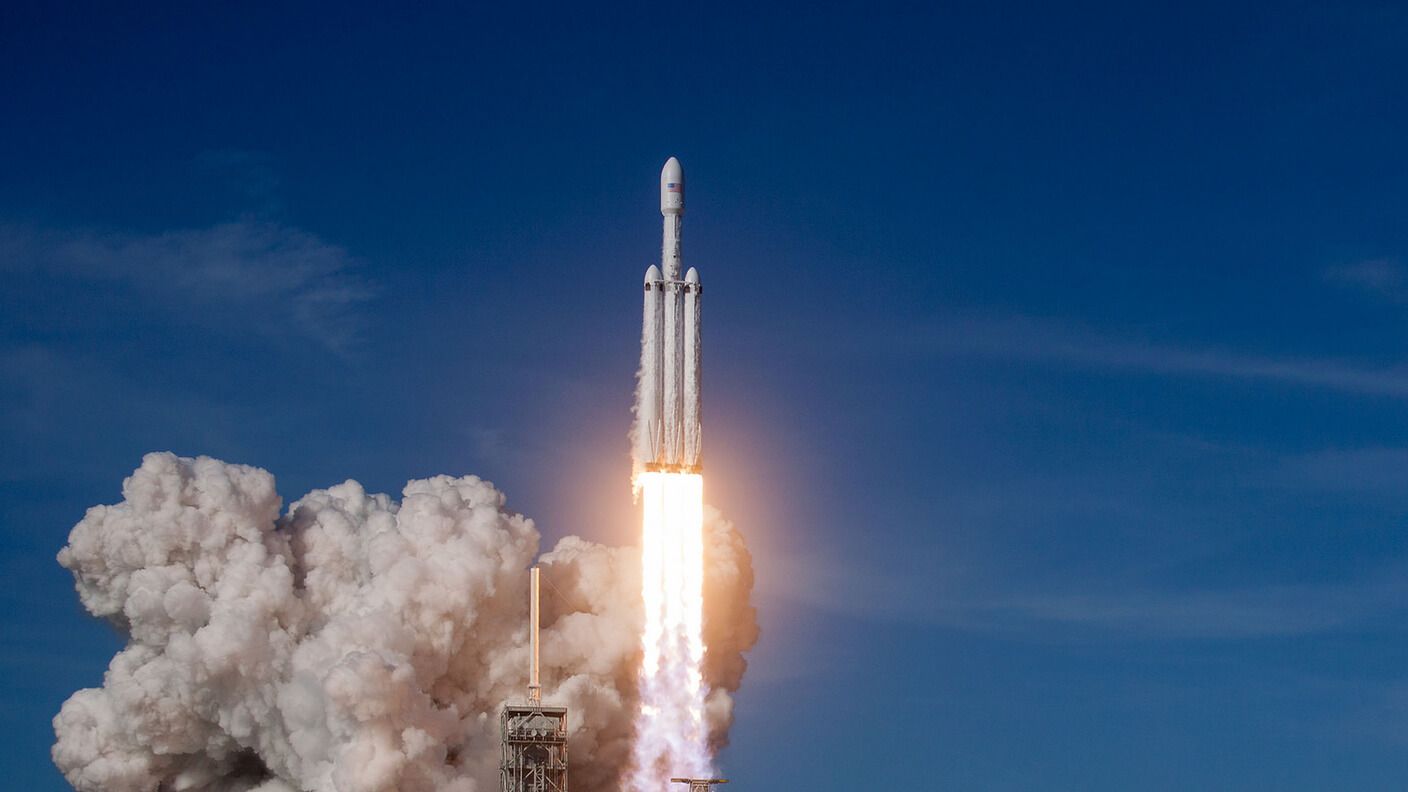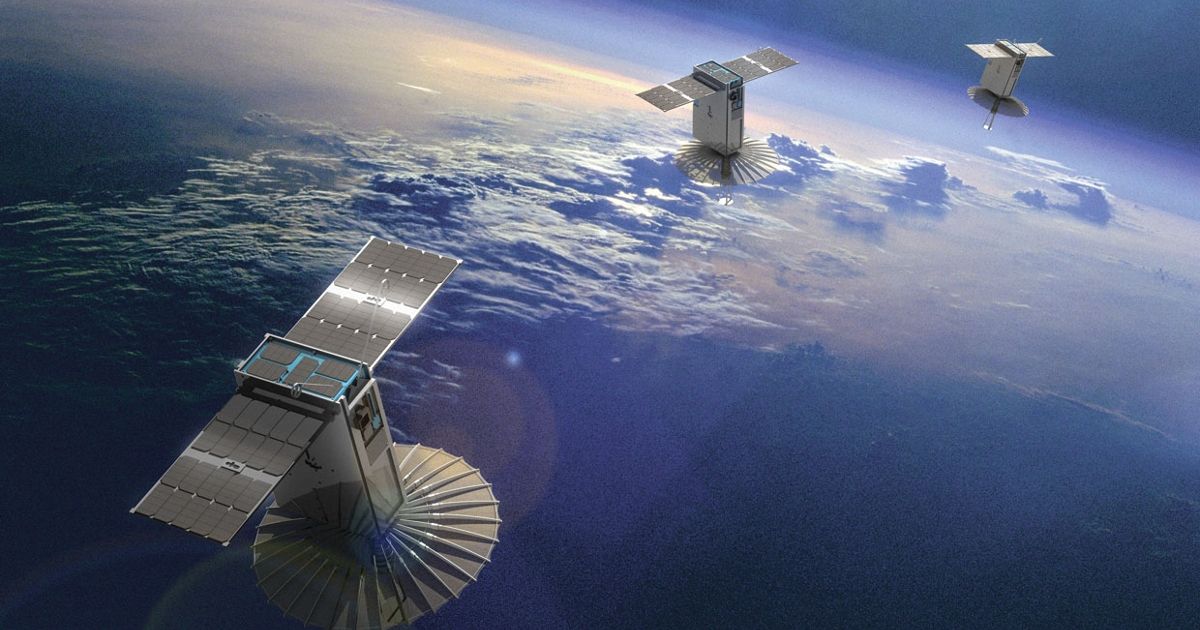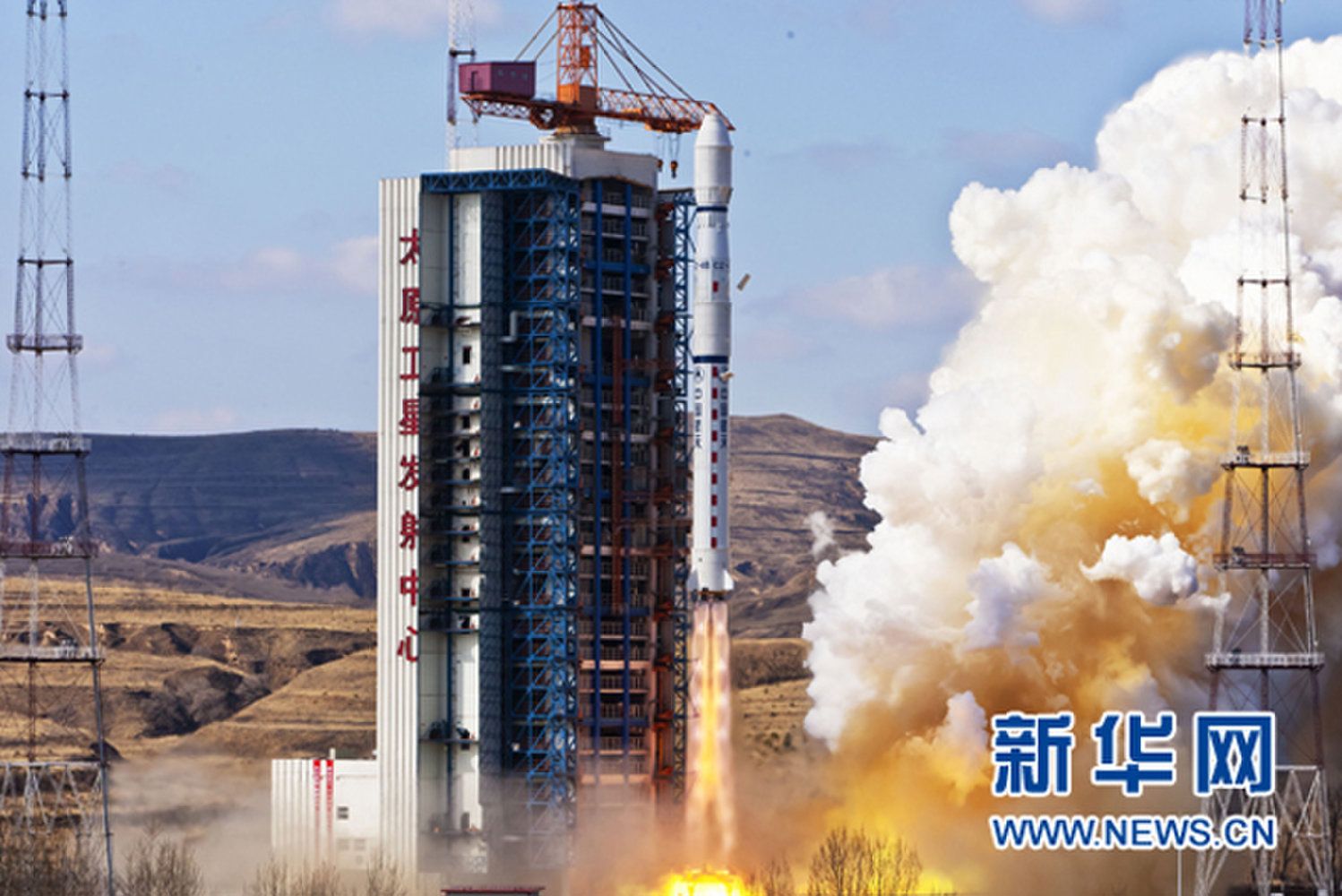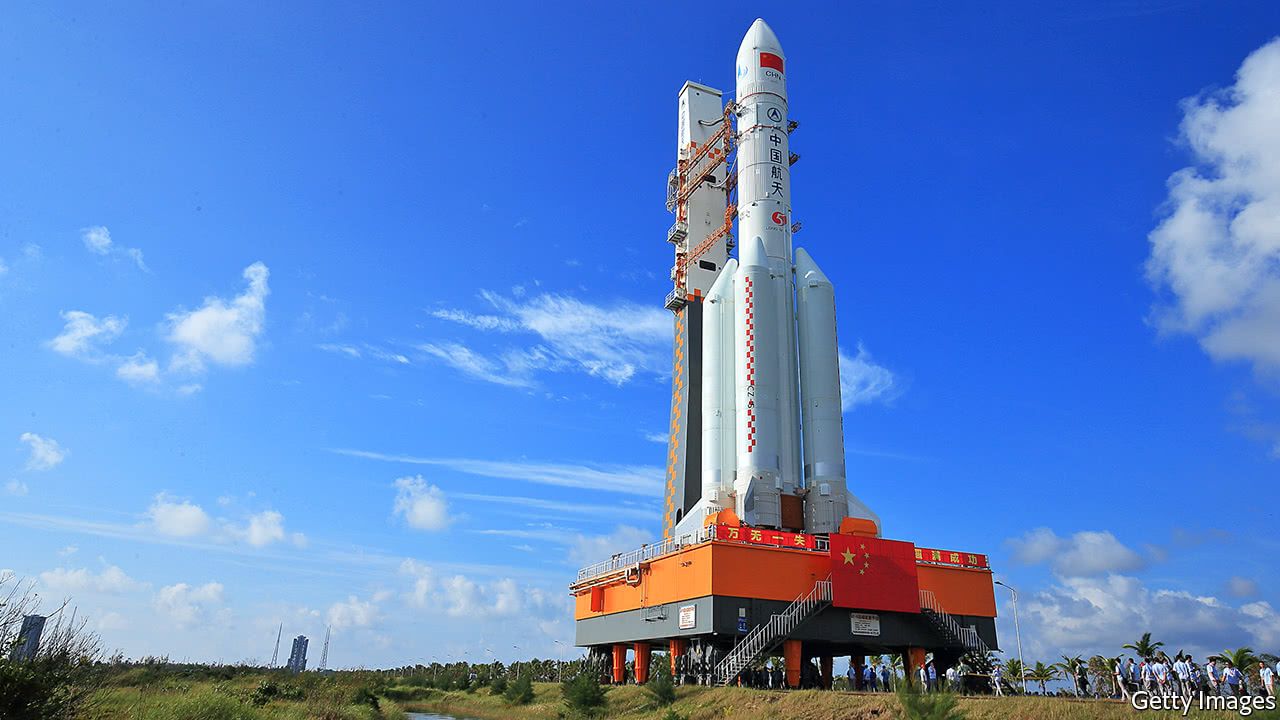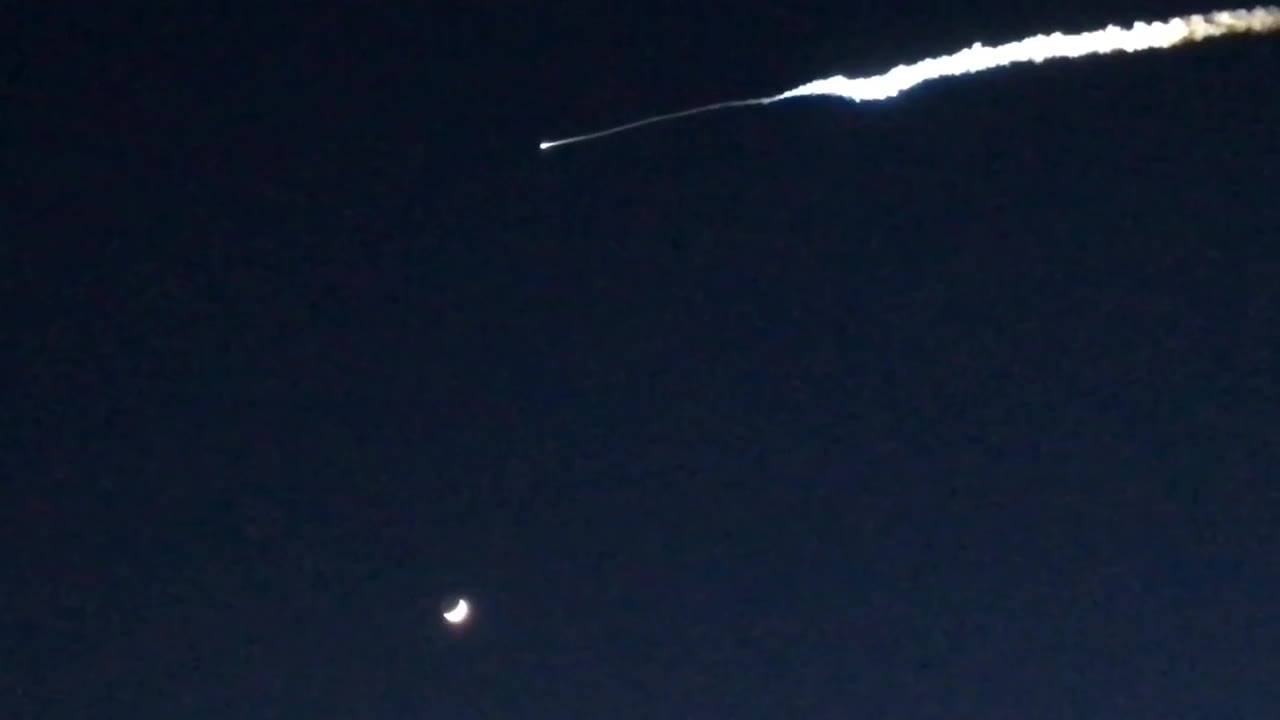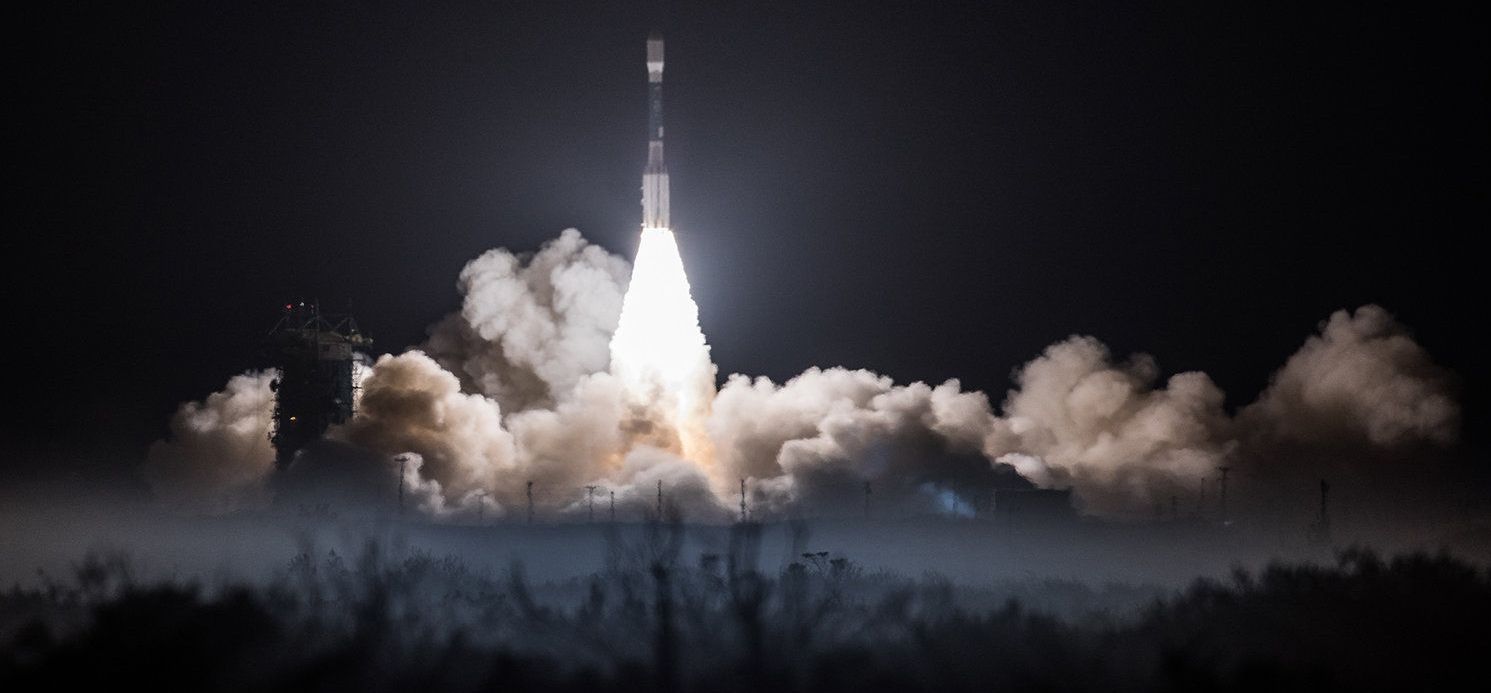Feb 11, 2018
SpaceX’s Falcon Heavy Launch Was a Smashing Success—What’s Next for Space Travel?
Posted by Klaus Baldauf in categories: innovation, satellites
Moreover, the launch accomplished SpaceX’s overarching goal of making access to space travel affordable, with a price tag of $90 million per launch, compared to roughly $500 million for the second most powerful rocket, the United Launch Alliance’s Delta IV Heavy. Now that the Falcon Heavy ’ s abilities have been demonstrated, it can be used to send satellites, payloads, and potentially tourists into space.
Days since the historic launch, this surreal image of a Tesla Roadster and Starman cruising away from Earth has become a symbol and foreshadowing of humanity’s exciting future as a space-faring species. After all, SpaceX’s massive transformative purpose is not simply to make space travel affordable, but rather to allows humans to become a multi-planetary species. Ultimately, Tuesday’s launch left many speechless because it brought us closer to accomplishing this aspirational goal.
